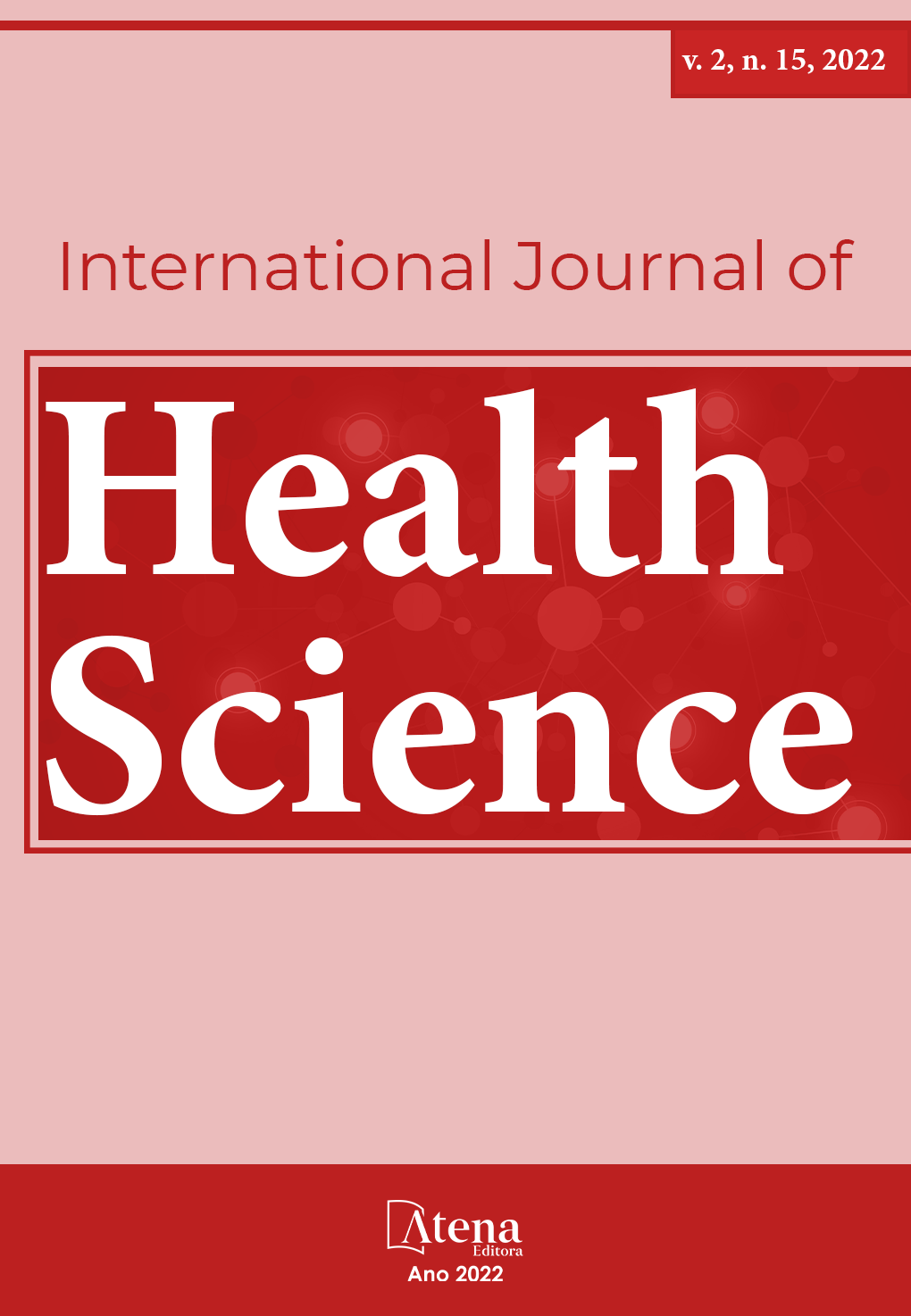
CURRENT APPROACH TO TOXOPLASMOSIS IN PRENATAL CARE
INTRODUCTION: Toxoplasmosis is a parasitic disease caused by: Toxoplasma gondii, an obligate intracellular parasite that exists in 3 forms: oocyst, tachyzoites and bradyzoites. In the case of pregnancy, this infection makes up one of the TORCHS – an acronym used to designate infectious diseases with important fetal repercussions. In fetal infection, resulting from transplacental passage after primary maternal infection during parasitaemia, complications may be relatively common depending on gestational age. With this in mind, this article aims to convene a current approach to toxoplasmosis in prenatal care in order to emphasize its importance, facilitate its procedure and update the scientific literature on the subject. METHODOLOGY: This research included national and international scientific publications published between 2006 and 2022. The methodology adopted was a literature review. After this research, the content was sequentially discussed and presented in the order of the prenatal approach, in addition to having created a table and flowchart to organize the summarized ideas. RESULTS: The first contact with the pregnant woman about toxoplasmosis during prenatal care is done through the clinical history and guidelines. Prenatal screening must be performed by detecting IgM and IgG antibodies in the 1st prenatal consultation, since the diagnosis is eminently laboratory. If the patient is susceptible, these antibodies must be repeated every 2-3 months for surveillance. The referral of pregnant women with acute toxoplasmosis infection will allow follow-up for the diagnosis of fetal infection. In the face of an exclusively maternal infection, spiramycin must be promptly started. In the event of occurrence or suspicion (via ultrasound) of fetal infection, triple therapy must be recommended until the end of pregnancy. CONCLUSIONS: Although toxoplasmosis represents a common asymptomatic infection in the adult population, its repercussions during pregnancy are significant and, therefore, must not be overlooked during prenatal care.
CURRENT APPROACH TO TOXOPLASMOSIS IN PRENATAL CARE
-
DOI: 10.22533/at.ed.1592152215037
-
Palavras-chave: Prenatal care. Toxoplasmosis. Tracking.
-
Keywords: Prenatal care. Toxoplasmosis. Tracking.
-
Abstract:
INTRODUCTION: Toxoplasmosis is a parasitic disease caused by: Toxoplasma gondii, an obligate intracellular parasite that exists in 3 forms: oocyst, tachyzoites and bradyzoites. In the case of pregnancy, this infection makes up one of the TORCHS – an acronym used to designate infectious diseases with important fetal repercussions. In fetal infection, resulting from transplacental passage after primary maternal infection during parasitaemia, complications may be relatively common depending on gestational age. With this in mind, this article aims to convene a current approach to toxoplasmosis in prenatal care in order to emphasize its importance, facilitate its procedure and update the scientific literature on the subject. METHODOLOGY: This research included national and international scientific publications published between 2006 and 2022. The methodology adopted was a literature review. After this research, the content was sequentially discussed and presented in the order of the prenatal approach, in addition to having created a table and flowchart to organize the summarized ideas. RESULTS: The first contact with the pregnant woman about toxoplasmosis during prenatal care is done through the clinical history and guidelines. Prenatal screening must be performed by detecting IgM and IgG antibodies in the 1st prenatal consultation, since the diagnosis is eminently laboratory. If the patient is susceptible, these antibodies must be repeated every 2-3 months for surveillance. The referral of pregnant women with acute toxoplasmosis infection will allow follow-up for the diagnosis of fetal infection. In the face of an exclusively maternal infection, spiramycin must be promptly started. In the event of occurrence or suspicion (via ultrasound) of fetal infection, triple therapy must be recommended until the end of pregnancy. CONCLUSIONS: Although toxoplasmosis represents a common asymptomatic infection in the adult population, its repercussions during pregnancy are significant and, therefore, must not be overlooked during prenatal care.
-
Número de páginas: 8
- Fernanda Priscilla Barbosa Silva
- Viviane Garcia Moreno de Oliveira
- Yasmin Hora Gois Gonzaga
- Bianca Mendonça Andrade
- Ana Mozer Vieira de Jesus
- Ramilly Guimarães Andrade Santos
- Hortência Garcia Nogueira
- Paulo Henrique Fontes de Macedo
- José Genivaldo Santos Andrade
- Victor Araujo de Oliveira Polycarpo
- Luíza Brito Nogueira
- Bruno José Santos Lima


